Back-end vs Front-end vs Designing - Differences and Skill Requirements
Back-end or Front-end or Designing, whether it is mobile, web, or desktop if you are interested in the software industry then you must have heard these terms. But do you have a clear knowledge of what these mean and what are the responsibilities associated with each sector? Let’s dive a little deeper to understand them and provide you with clear guidelines to identify which role is suitable for you.
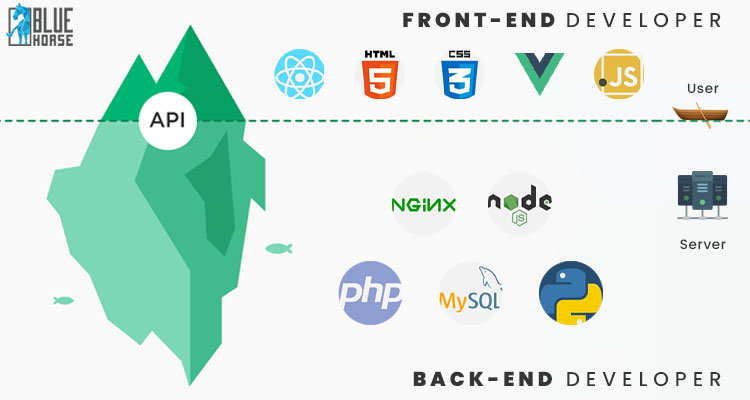
Back-end
Let’s start with Back-end because out of the 3 terms. This is the one which is most obvious to everyone and which everyone understands quite well. In short, Back-end is the part of a project which is not visible on the client-side. It is made for the servers to provide the Logical Structure behind the elements with which the client interacts. It is the part of Development that creates the Backbone Infrastructure of any process or facility required by the user. This part forms the relation between the Database, Application, and Server which holds everything.
Skills Required
- To establish the relationship between the Server, Application, and Database back-end developers need to understand Server-Side languages like PHP, Ruby, Python, Java, .Net, etc. Database tools like MySQL, Oracle, and SQL Server are also necessary. It is also important to find, save or change data and serve it to the user.
- Since back-end development can be quite complex in Logical Structure hence back-end developers can gain a significant advantage by learning different frameworks for a specific language; Experience with version control software like Git; And experience with Linux as a development and deployment environment.
- The Speed, Reliability, Responsiveness & Security of a Project primarily depends on the Back-end Code. So, back-end developers need to create clean, portable, and well-documented code for easy management as well as maintenance. But the coding part begins, they need to understand the particular needs of a project, then come up with the most effective and efficient solution for the Logical Architecture.
- Someone with the core knowledge of how an application works, behind the screen functions involved in any process, algorithms, and a stronghold of logical problem solving is best suited for Back-end Development.
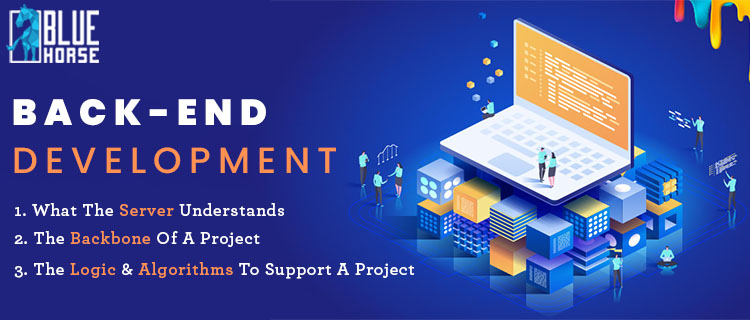
Now comes the part with confusion. A lot of the time people think that Designer and Front-end Developer are the same, but really, they are nowhere near each other. Many times, it can be the case that the same person has the responsibility of both a Designer and a Front-end Developer, in which case he/she is effectively doing 2 very different things, but doing 2 different things doesn’t make them the same or similar in any way.
Front-end
Front-end is the part of a Project which is visible to the Client-Side and it contains all the elements with which the user interacts to complete any required task. It is the part of Development that creates the User Experience elements on the screen like Buttons, Links, Graphics, etc. This mainly involves the transformation of visual planning or design from a graphics format (Picture/Video) to a code format. It is due to different Front-end Languages which a server/browser can understand. It is NOT a part of the Design Phase of a Project, it is a part of the Development Phase which comes after the Design Phase. Hence this sector doesn’t demand Creative & Imagination skills. It specifically requires the skills of visual accuracy and coding. It efficiently and accurately transforms a given design from graphics to coding format.
Skills Required
- Front-end Developers have to be comfortable with 3 main languages: HTML, CSS, and JavaScript. Familiarity with tools and frameworks like SASS, Bootstrap, AngularJS, ReactJS, etc. can be a huge benefit to Front-end Developers.
- Front-end Developers need to work closely with Designers or User Experience Analysts to bring designs, mockups, or wireframes from Development to Delivery. Strong front-end developers can also accurately identify specific issues in UI/UX and provide recommendations and codified solutions to improve Usability.
- The Visual Representation of a Project on any screen depends on the Front-end Code. That’s why front-end developers need to consider the factor of Responsiveness in different screen sizes ranging from small mobile screens to large monitor/tv screens. Hence knowledge of better User Experience can make the process a lot more efficient.
- For front-end developers, the most crucial skill is visual accuracy. To spot the smallest difference in different designs is the key to become a successful Front-end Developer.
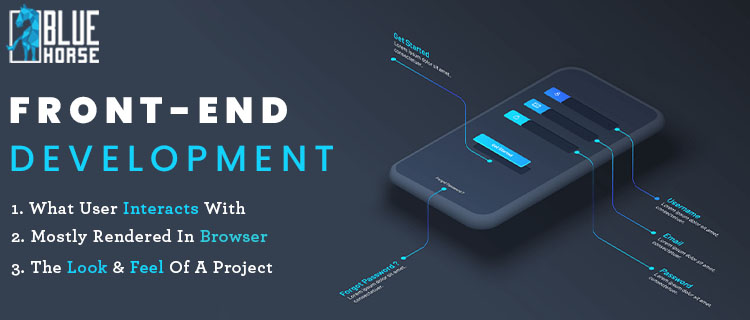
Design
Design is the process of envisioning and planning the Visual Aspect of a Project. Starting from the creation of interactive elements, interaction behavior, aesthetic factors, etc. It is User-Focused i.e. user’s opinion and recommendations are the core of the design thinking approach. A good design is about creating the most efficient and effective solution for any given problem. Designing is not the part of Development Phase of a Project. It is a step that comes before the Development starts. This sector demands Creativity and Imagination skills to create solutions that are not only Functionally Effective but also Aesthetically Pleasing which suits the particular taste of the user. In most cases, knowledge of coding language is not mandatory for Designers.
Skills Required
- Designers need to be comfortable in using designing software like Photoshop (For Raster Graphics), Illustrator (For Vector Graphics), Adobe XD (For Prototyping), etc. Knowledge of the exact software mentioned here is not mandatory. But it is a similar software to perform a given task that is required.
- Designers need to understand the requirements of a client to come up with the best creative solution. It is both minimal and functionally effective.
- Since designing is also related to a person’s emotional reasoning, hence a designer must come up with multiple solutions of similar efficiency for any given problem. Not having versatile and diverse thinking in a design career will result in comments like “Not getting the Feel out of it”. Hence knowledge of different trends and aesthetic principles can be hugely beneficial.
- The Core of Designing is not something that can be taught or memorized. It has to be something that comes from inside. If natural inspiration is absent then it will result in copying creative ideas from already made designs which in long term will damage a design career. Hence you should only pursue Designing if it comes to you naturally.
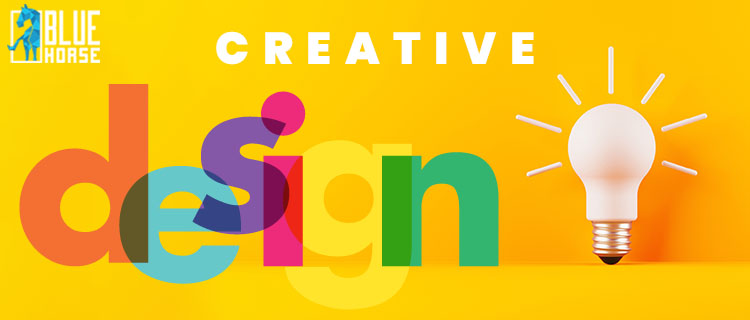
Conclusion
To understand all these, we can take the example of a House. In building a house the Designer is responsible to provide the Planning or Blueprint Design of the structure. A Back-end Developer is responsible to build the house. And a Front-end Developer is responsible to arrange the interior according to the Guidelines provided by the Designer.
The IT industry is always changing. In recent times some people are known as Full-Stack developers. It essentially means that they are comfortable in both Front-end and Back-end Development. In small to middle size company employers are looking for Designers with front-end Development skills. That’s why you should always try to explore different areas to get a feel for them before making the final decision.
Every sector comes with different sets of problems and skill requirements. It is almost impossible for someone to have all the skills required for any given responsibility at the start of their career. Hence the most important decision factors are Interest and Will to Learn. Over time everyone gets better if they are interested in something and willing to do it better than the last time. That’s why always follow the path which makes you curious to take the next step towards a positive change.





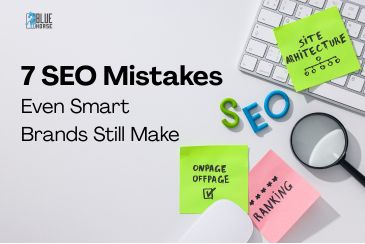
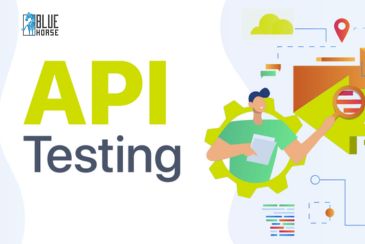
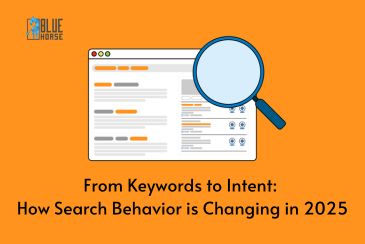













Comments